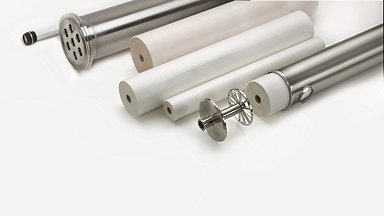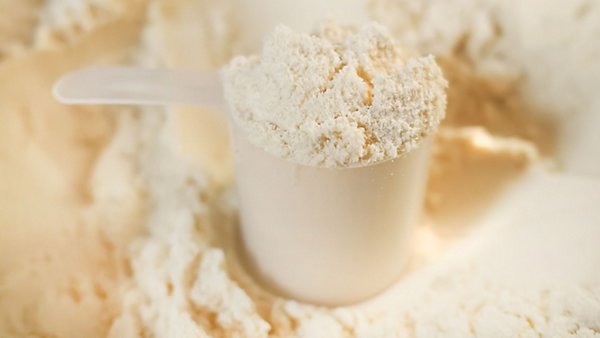Unlocking hidden potential
Whey is a valuable product that is in high demand because it contains proteins that can be concentrated and isolated to create ingredients for a wide variety of value-added products. Whey contains proteins, lactose and minerals and is fractionated by means of membrane filtration.
Unlocking hidden potential
Whey is a valuable product that is in high demand because it contains proteins that can be concentrated and isolated to create ingredients for a wide variety of value-added products. Whey contains proteins, lactose and minerals and is fractionated by means of membrane filtration.
Uses

WHEY PROTEIN CONCENTRATE AND ISOLATE (WPC AND WPI)
A high-value product

Water recovery
Sustainable savings

LOWER CAUSTIC SOLUTION CONSUMPTION
Recovery of cleaning chemicals
Technologies

Precise control
Nanofiltration

Bacteria and spore removal
Microfiltration

Useful concentration step








